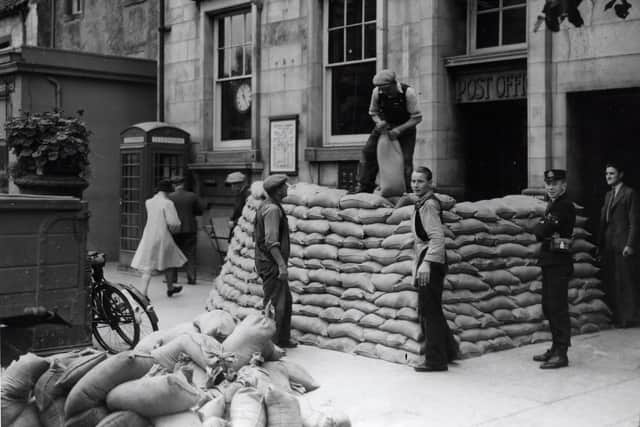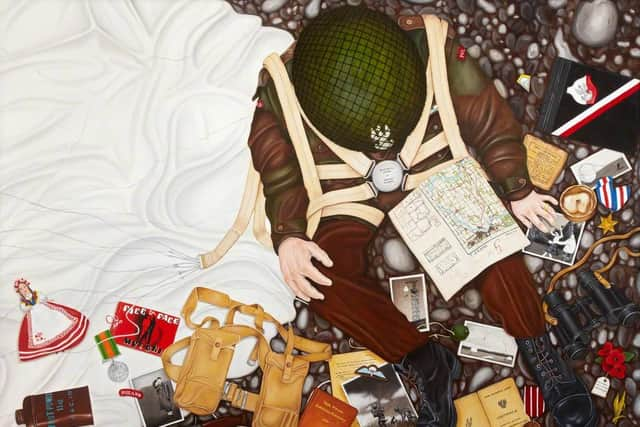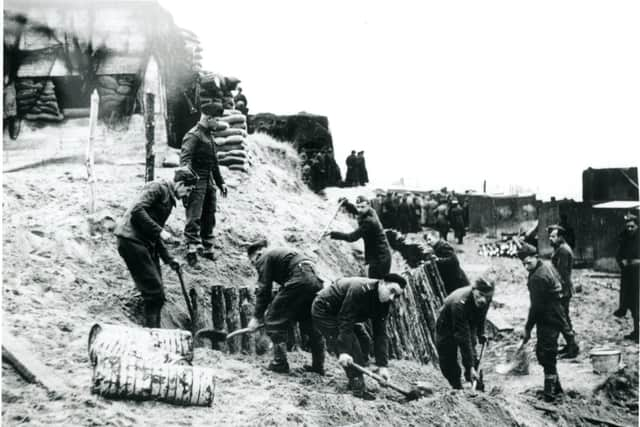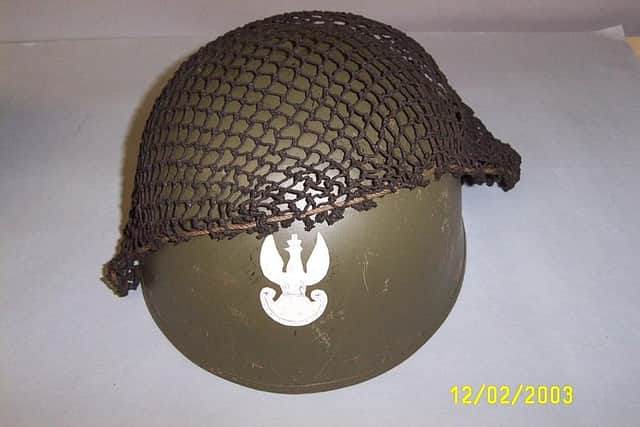Fife-founded Polish parachute brigade's heroic role in doomed WW2 Operation Market Garden
Let us know what you think and join the conversation at the bottom of this article.
A paratrooper’s helmet, metal eagle badge and arm flashes – worn during the Allied assault on Arnhem – are among the exhibits on show.
Other items include an English-Polish phrasebook, binoculars and a tin of foot powder – given to each soldier prior to the massive airborne operation in 1944.


Advertisement
Hide AdAdvertisement
Hide AdIn September that year, the ill-fated Operation Market Garden involved dropping more than 10,000 Commonwealth and Polish troops by parachute or glider at Arnhem in Nazi-occupied Holland, with 1,500 killed and more than 6,500 captured.
Also displayed is an ID card, issued soon after the formation of the 1st Independent Polish Parachute Brigade on 23 September 1941, which was formed by Polish exiles in Leven, Fife
The unit was created to parachute into occupied Poland, but it entered combat on the western front at Arnhem as part of the largest airborne manoeuvre in history.


Some 24,000 Polish troops were evacuated to the UK in May 1940 and most were sent to Scotland to defend the coastline against invasion. Many of the men were stationed in Fife.
The 1st Parachute Brigade had its main training base at the now derelict Largo House in Upper Largo, Fife.
Also on show at St Andrews Museum is the painting Memories Of A Polish Paratrooper, which evokes the life and experiences of an imagined soldier.
Painted by Fife-based artist Marie Louise Wrightson, it features items on display plus two objects that symbolise the soldier’s love of his native land and adopted home – a Polish doll and a Scotch pie.


The items are part of a large collection of military objects linked to the brigade which were donated to the Fife museums service – now run by cultural charity OnFife – when plans by Polish ex-servicemen to create their own museum fell through.
Advertisement
Hide AdAdvertisement
Hide AdExhibition curator Lesley Lettice said: “This is a timely opportunity to see highlights from our Polish collection, which includes uniforms, medals, photographs and many personal items – all of which combine to tell a remarkable story.”
A message from the Editor:


Thank you for reading this article. We're more reliant on your support than ever as the shift in consumer habits brought about by coronavirus impacts our advertisers.
If you haven't already, please consider supporting our trusted, fact-checked journalism by taking out a digital subscription.
Comments
Want to join the conversation? Please or to comment on this article.